Adapting to Technological Disruption IT Staffing Strategies
Technology is evolving at an unprecedented rate, bringing with it disruptive changes that require organizations to constantly adapt and stay ahead of the curve. As industries increasingly rely on information technology for their operations, the demand for top-notch IT talent has never been greater. In such a rapidly changing landscape, traditional staffing strategies fall short, calling for innovative approaches to ensure organizations can meet their technological needs. This blog post explores how businesses can adapt to technological disruption through effective IT staffing strategies. From attracting and retaining top talent to identifying emerging skill sets and staying abreast of industry trends, organizations must be agile, forward-thinking, and strategic in their staffing efforts. By acknowledging the challenges and embracing the opportunities that technological disruption presents, businesses can position themselves for success in the digital era. Whether it’s leveraging artificial intelligence, enhancing cybersecurity measures, or harnessing the power of networking, this blog post delves into the various aspects of IT staffing strategies that organizations need to consider to thrive in an ever-changing technological landscape. So, let’s explore how businesses can adapt to technological disruption and build a strong IT workforce.
1. Attracting Top IT Talent: The Power of Employer Branding
In today’s competitive talent market, attracting top IT talent requires more than just posting job listings. Organizations must develop a strong employer brand that resonates with potential candidates. Employer branding involves showcasing the company’s values, culture, and mission in a way that appeals to tech professionals.
One effective strategy for building a strong employer brand is to highlight the company’s commitment to innovation. Showcase how the organization embraces emerging technologies, invests in employee development, and encourages a collaborative and dynamic work environment. By emphasizing these elements, organizations can position themselves as attractive destinations for IT professionals seeking growth opportunities and the chance to work on cutting-edge projects.
For example, companies can leverage social media platforms to create engaging content that showcases their work environment, employee success stories, and exciting projects. This allows potential candidates to gain insights into the organization’s work culture and technical expertise.
Another aspect to consider is the importance of promoting diversity and inclusion in the IT workforce. Studies have shown that diverse teams enhance creativity, problem-solving abilities, and overall performance. By actively fostering a culture of diversity and inclusion, organizations can attract a wider range of candidates and tap into a broader pool of talents.
2. Retaining Top IT Talent: Building a Culture of Engagement and Growth
Once organizations have attracted top IT talent, it is crucial to focus on retaining these valuable resources. Retention strategies should focus on creating a culture of engagement and growth, where employees feel valued, empowered, and motivated to stay with the organization.
A key element in retaining IT professionals is providing ongoing learning and development opportunities. The rapidly evolving nature of technology demands that employees continuously update their skills and stay abreast of industry trends. By investing in training programs, certifications, and workshops, organizations can not only enhance the skillsets of their IT workforce but also demonstrate a commitment to employee growth.
Furthermore, fostering a collaborative and inclusive work environment can significantly impact retention rates. Creating cross-functional teams, encouraging knowledge sharing, and implementing mentorship programs can foster a sense of camaraderie and provide opportunities for personal and professional growth.
3. Identifying Emerging Skill Sets: Staying Ahead of the Curve
In the constantly evolving technological landscape, organizations need to identify emerging skill sets to ensure they stay ahead of the curve. This involves keeping a pulse on industry trends, understanding the demands of new technologies, and being proactive in upskilling or reskilling existing IT staff.
One effective strategy is to establish partnerships with educational institutions or training providers to access cutting-edge programs. By collaborating with these institutions, organizations can gain insights into emerging technologies and tailor their training programs accordingly.
Additionally, organizations can encourage employees to pursue continuous learning and provide incentives for acquiring new certifications or attending relevant industry conferences. This not only enhances the organization’s skill set but also instills a culture of lifelong learning, which is crucial for adapting to technological disruptions.
4. Agile Staffing: Addressing Short-Term Talent Needs
In a rapidly changing technological landscape, organizations often require IT talent for short-term projects or specific skill sets. Traditional staffing strategies may not be optimized for such requirements, leading to delays and recruitment challenges. Agile staffing strategies can address this by providing quick access to specialized talent on-demand.
One method is to leverage the gig economy by working with freelance professionals or contractors. This enables organizations to tap into a global talent pool and access the specific skills and expertise they need, without the commitment of long-term employment. Online platforms and marketplaces specifically designed for connecting businesses with freelancers can streamline the process and ensure quality standards.
Another agile staffing strategy is to establish partnerships with IT consulting firms. These firms often have a roster of specialized professionals who can be deployed on short notice. By leveraging these partnerships, organizations can quickly scale up or down their IT workforce as project needs evolve.
5. Embracing Remote Work and Talent Networks: Expanding the Pool of Talent
The COVID-19 pandemic has accelerated the adoption of remote work, showcasing its advantages and proving that productivity can thrive outside the traditional office setup. By embracing remote work, organizations can tap into a global talent pool, breaking geographical barriers and accessing a wider range of candidates.
Remote work strategies can also be combined with talent networks and communities. For example, organizations can actively participate in online forums, attend virtual conferences, and engage with industry-specific communities to connect with IT professionals from around the world. This expands the pool of potential candidates and increases the chances of finding the right talent for specific roles.
In Conclusion
In the face of technological disruption, organizations must be agile and strategic in their IT staffing efforts. By implementing innovative strategies such as employer branding, retention programs, identifying emerging skill sets, agile staffing, and embracing remote work and talent networks, businesses can adapt to the changing landscape and build a strong IT workforce.
These strategies provide organizations with the tools they need to attract and retain top IT talent, stay ahead of emerging technologies, and gain a competitive edge in the talent market. By continuously evolving their IT staffing strategies, businesses can position themselves for success in the digital era and drive innovation in their respective industries.
At VorTek Systems, we specialize in addressing the rapidly evolving demands of the digital arena, including development, cybersecurity, AI, and networking. Our comprehensive understanding and capability in the IT field enable us to connect organizations with top IT talent and create tailored staffing solutions that drive innovation and success.
In conclusion, the ever-changing technological landscape requires businesses to be agile, forward-thinking, and strategic in their IT staffing efforts. By implementing innovative strategies and partnering with VorTek Systems, organizations can adapt to disruption, build a strong IT workforce, and gain a competitive edge in the digital era.
Note: This blog post is intended for educational and informational purposes only and does not constitute professional advice. The views and opinions expressed in this blog are those of the author and do not necessarily reflect the official policy or position of VorTek Systems.





